Outfitter540
Member
- Joined
- May 27, 2017
- Messages
- 4
Long time lurker, decided to register and gain some opinions.
Probably 15 years ago my grandfather gave me a rifle. A 1938 (14XXX s/n) Winchester Model 70 Super Grade in .22 Hornet. At the time I didn't do too much with it, shot a couple of woodchucks and let it set in the cabinet.
This rifle was his fathers (my great-grandfather) and it was used for varmint medicine. If I was to guess based on the condition; it spent its years in corners around the homestead, the barn, and the sugar shack. It was not babied or treated as the precious gem as most pre-war model 70s are today.
disassembled on the bench.
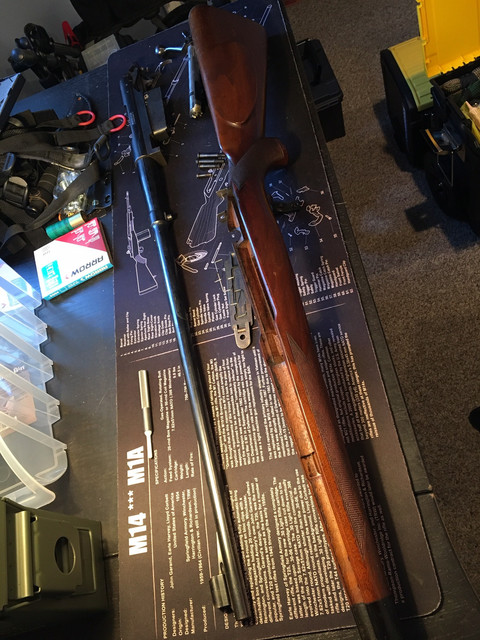
factory drilled and tapped for a peep sight.
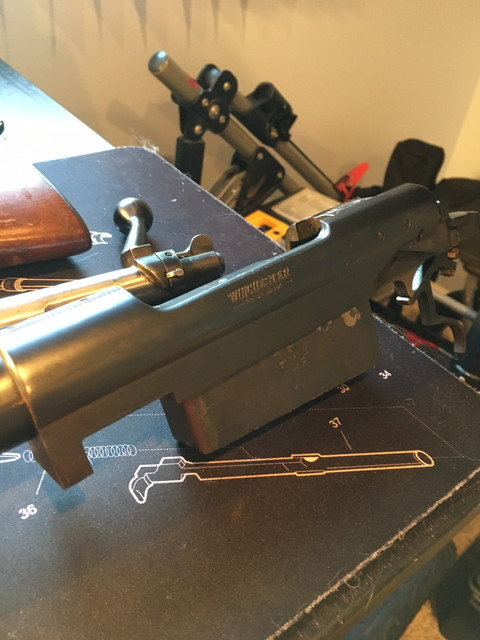
barrel markings
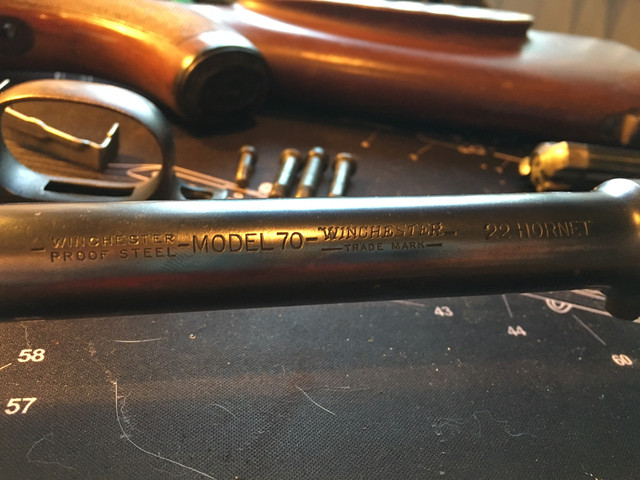
Now for the bad and the ugly
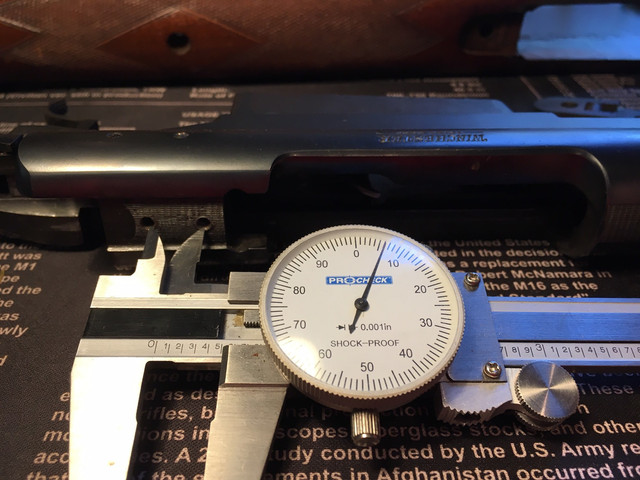
Receiver bridge drilled and tapped at ~.500"?? I know the correct spacing for a M70 rear bridge is supposed to be 0.435." Not to mention the workmanship. What mount may have gone on here? Could I even find one?
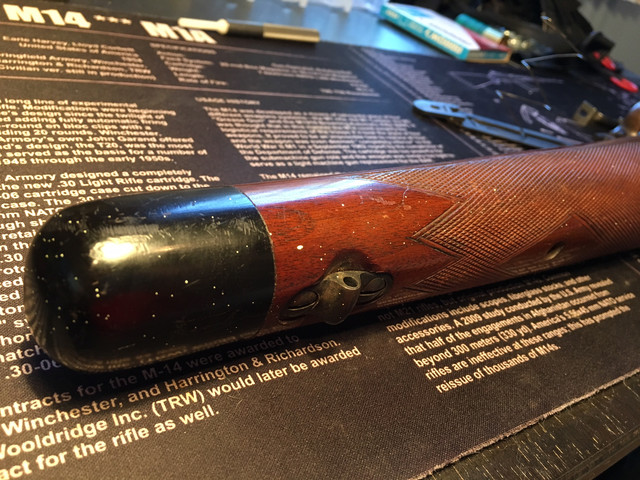
The stock showing character from being a post depression era working rifle. Scuffs and paint spatter.
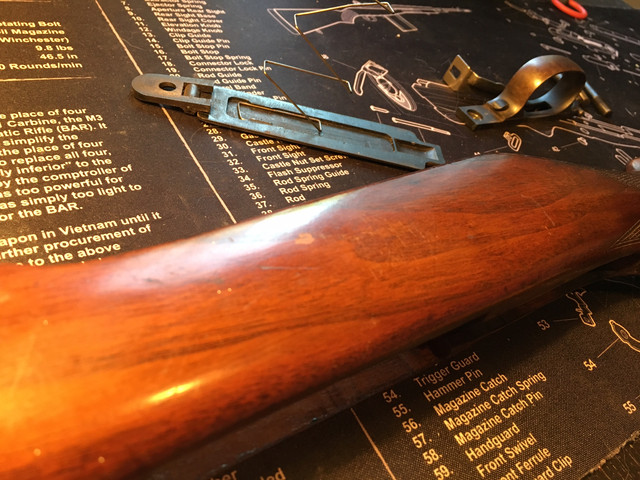
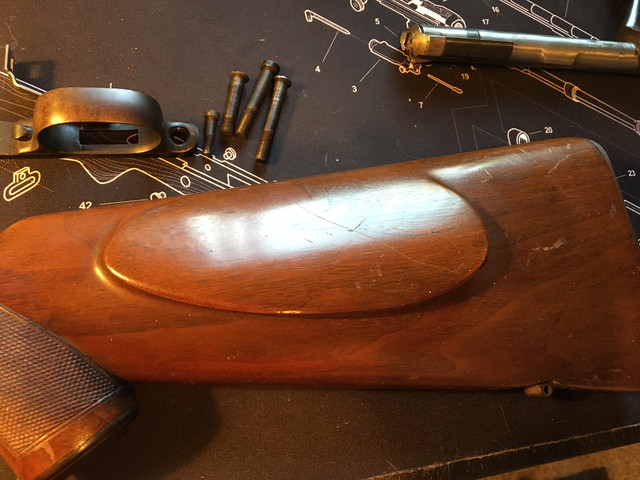
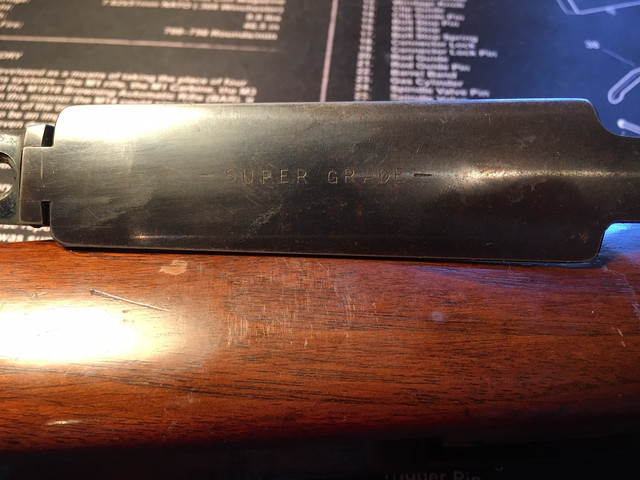
As far as collectible rifles go, I just don't see it in this condition. Even if it was, resale to me is a moot point. I am not going to sell my great grandfather's rifle.
Moving forward, I have a couple of options. Leave it as it is, do nothing and let it sit in my safe. I don't prefer this as I like all of my rifles to have a purpose, and be great at that purpose. To that end, I don't have a great like (or dislike) for the .22 Hornet cartridge. Even hand loading for it seems like I won't even get luke warm performance, on top of killing brass. I don't feel that re-barreling to a more interesting/powerful cartridge would make the rifle lose what sentimental value it has to me, because knowing my family, it would have been used as a prybar or a door stop if it was handy (in fact it looks as if it was).
If I was to re-barrel I would throw some nice glass on top and choose a fun and capable cartridge to hand load for. Maybe .222?
What say you?
-Nick
Probably 15 years ago my grandfather gave me a rifle. A 1938 (14XXX s/n) Winchester Model 70 Super Grade in .22 Hornet. At the time I didn't do too much with it, shot a couple of woodchucks and let it set in the cabinet.
This rifle was his fathers (my great-grandfather) and it was used for varmint medicine. If I was to guess based on the condition; it spent its years in corners around the homestead, the barn, and the sugar shack. It was not babied or treated as the precious gem as most pre-war model 70s are today.
disassembled on the bench.

factory drilled and tapped for a peep sight.

barrel markings

Now for the bad and the ugly

Receiver bridge drilled and tapped at ~.500"?? I know the correct spacing for a M70 rear bridge is supposed to be 0.435." Not to mention the workmanship. What mount may have gone on here? Could I even find one?

The stock showing character from being a post depression era working rifle. Scuffs and paint spatter.



As far as collectible rifles go, I just don't see it in this condition. Even if it was, resale to me is a moot point. I am not going to sell my great grandfather's rifle.
Moving forward, I have a couple of options. Leave it as it is, do nothing and let it sit in my safe. I don't prefer this as I like all of my rifles to have a purpose, and be great at that purpose. To that end, I don't have a great like (or dislike) for the .22 Hornet cartridge. Even hand loading for it seems like I won't even get luke warm performance, on top of killing brass. I don't feel that re-barreling to a more interesting/powerful cartridge would make the rifle lose what sentimental value it has to me, because knowing my family, it would have been used as a prybar or a door stop if it was handy (in fact it looks as if it was).
If I was to re-barrel I would throw some nice glass on top and choose a fun and capable cartridge to hand load for. Maybe .222?
What say you?
-Nick

